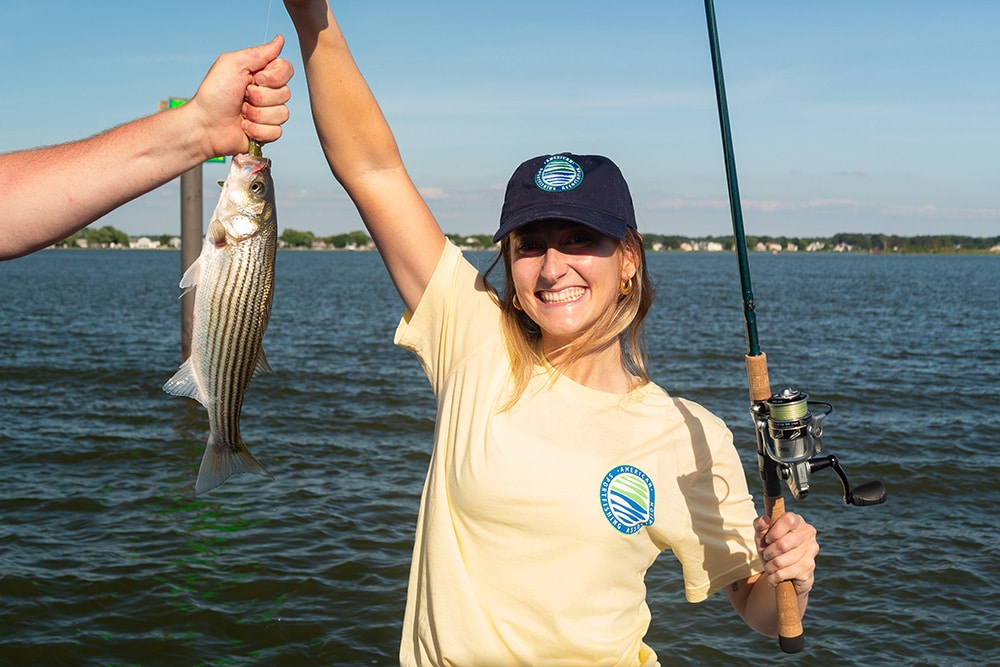By Mary Beth Long
ASA Vice President of Communications
 Having raised three children and seen the effects of social media, gaming, computers and cell phones on the health and wellbeing of my teenagers, I know with certainty that getting outside and away from electronics is critical for building confidence, self-esteem, creativity and releasing anxiety.
Having raised three children and seen the effects of social media, gaming, computers and cell phones on the health and wellbeing of my teenagers, I know with certainty that getting outside and away from electronics is critical for building confidence, self-esteem, creativity and releasing anxiety.
Studies have consistently linked increased time spent outside and physical activity with positive mental health. While some pediatric occupational therapists recommend children spend as much as three hours per day outdoors, on average children only spend three to seven minutes a day outside in unstructured outdoor time. Maybe it’s time to turn those numbers around and acknowledge that children could really benefit from “turning screen time into green time.”
Enter America’s anglers. The benefits of recreational fishing are perfectly positioned to counter these trends. Fishing is fun, inexpensive and will serve you for a lifetime. Some of my most cherished summer memories were time spent out on the water with family and friends.
Through fishing, children can spend hours in nature building lifelong skills while also learning about our natural environment. These activities not only tip the balance of time away from the world of screens, but also create exposure to an entire community, providing an opportunity for children to make new, lifelong friends and strengthen relationships with loved ones.
According to the Recreational Boating and Fishing Foundation (RBFF), 86% of adult anglers went fishing for the first time before the age of 12, showing that our best chance to create lifelong anglers, and teach the resilience and self-esteem that fishing can build, starts in childhood. Per the same report, 54.5 million Americans go fishing each year but only about 20% of these participants are under 12.
With June 1-9 federally recognized as National Fishing and Boating Week, this is the perfect time to get on the water and take advantage of the benefits fishing can provide. To lessen barriers to entry, many states offer fish-for-free days where new anglers do not need to purchase a fishing license to fish public waters. Many states also offer mentored youth fishing programs and countless retailers provide introduction to fishing courses at little or no cost.
Initiatives like these, plus the American Sportfishing Association’s Fishing Share the Fun campaign, which includes tips, videos, and fact sheets, will help you get the most out of your time on the water.
Whether you’re casting worms for bluegill in a local pond, fly fishing for trout in a remote mountain stream, or chasing sailfish miles offshore, fishing is a great way to create memories with loved ones and friends, enjoy time in nature away from screens, and recharge our mental batteries.
Since its founding in 1933, ASA has recognized the importance of engaging new people, particularly young people, in fishing. That is why ASA is committed to increasing access for those looking to learn how to fish and supporting legislation, such as the Youth Coastal Fishing Program Act of 2023 (H.R. 3925), that will provide critical funding for programs that get kids on the water.
Mary Beth Long is the Vice President of Communications for the American Sportfishing Association. Born in Pittsburgh, PA, she is a lifelong angler outdoor enthusiast.
Share This!
Recent Posts

